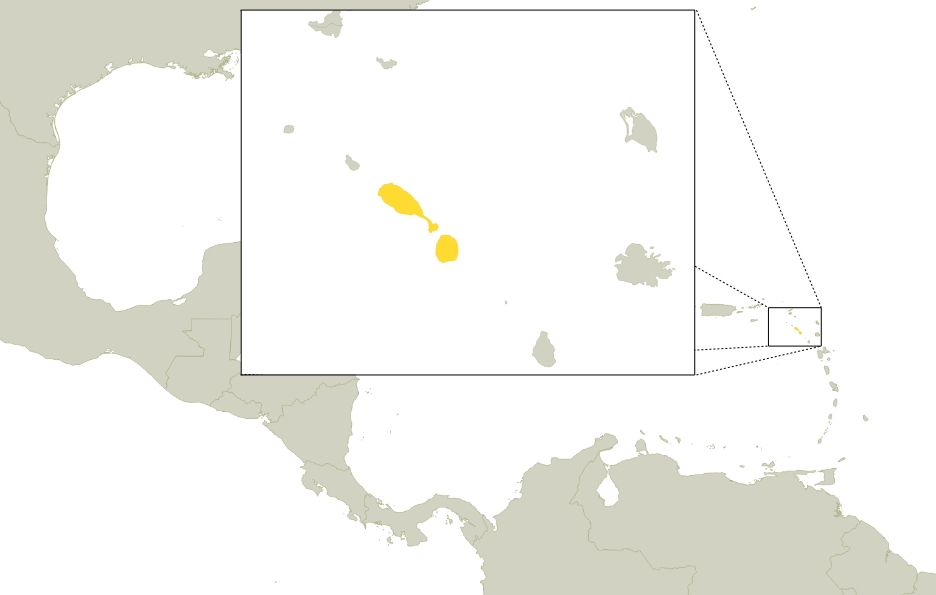St. Kitts and Nevis is a Federation located between Puerto Rico and Trinidad & Tobago. With a total population of 52,329 as of July 2016, the small island watched tourism become more economically important than the traditional agriculture and production of primary good. After the financial crisis, St. Kitts and Nevis had its economy contract until 2013 with growth being observed once again in 2014.
St. Kitts Electricity Company Ltd. (SKELEC) and Nevis Electricity Company Ltd. (NEVLEC) are the two utility companies that operate in the country. They are both publicly owned. SKELEC produces 150.0 gigawatt-hours (GWh), while NEVLEC, 56.1 GWh. From this total amount, renewable share was less than 6% in March 2015, even though the country intended to achieve 20% of renewable sources in its energy portfolio by 2015. By March 2015, diesel was still 94.3% of the total electricity production. In addition, both St. Kitts and Nevis islands have two-digit energy losses: 17% and 20.3% respectively.
St. Kitts and Nevis have a great unexplored geothermal potential (up to 300 MW). Solar, Biomass and Wind power generation are also potential sources of energy on the islands. In 2014, 323,000 LED bulbs replaced old ones, which costed roughly $2.5 million. In 2010, a 2.2 MW wind power plant was built in Nevis. Currently the government has been encouraging households to use solar water heating through a low interest loan program. According to NREL, “The country is adding 15.4 MW of renewable energy to the grid, enough to power Nevis. Another 70 MW is planned, which would be sufficient to power the entire country.”
Read more:
How Geothermal Energy Will Power St. Kitts & Nevis’ Tourism Future
Towards a Sustainable Energy: Plan for St. Kitts and Nevis
St. Kitts and Nevis hailed for giant leap in renewable energy
St Kitts and Nevis Looks to Grow Green Energy Sector
GSEII Events in St. Kitts & Nevis
June 2006. St. Kitts and Nevis Sustainable Energy Plan Stakeholders Meeting

